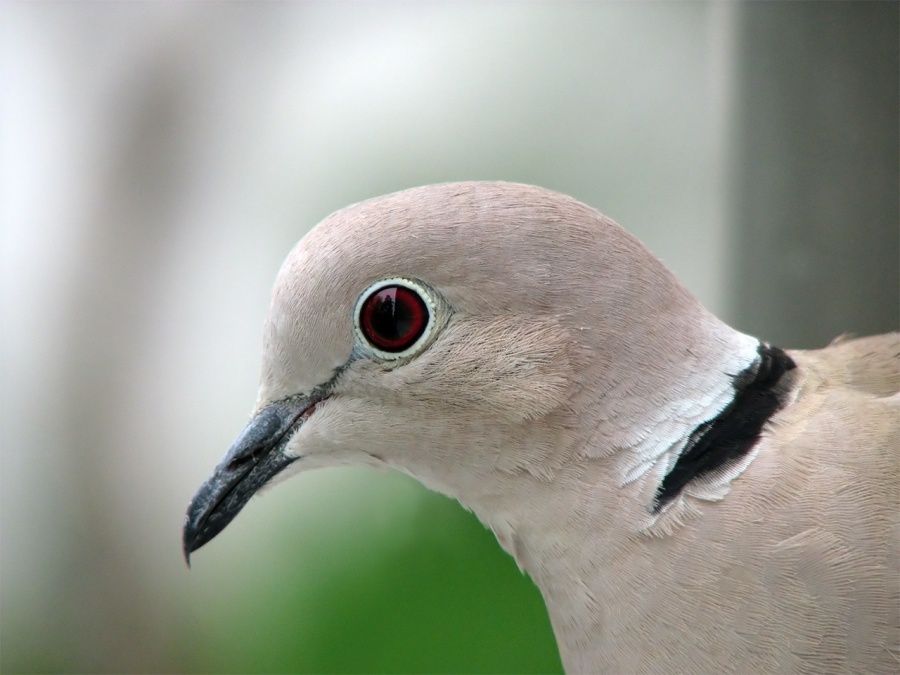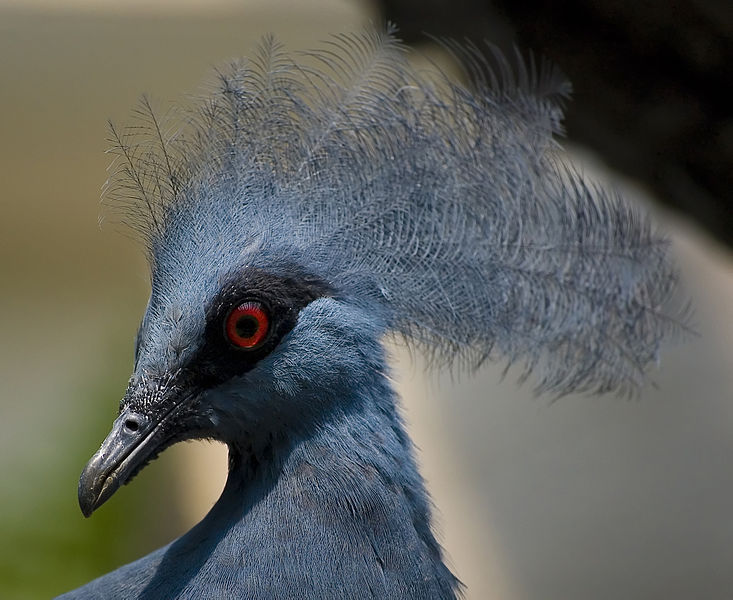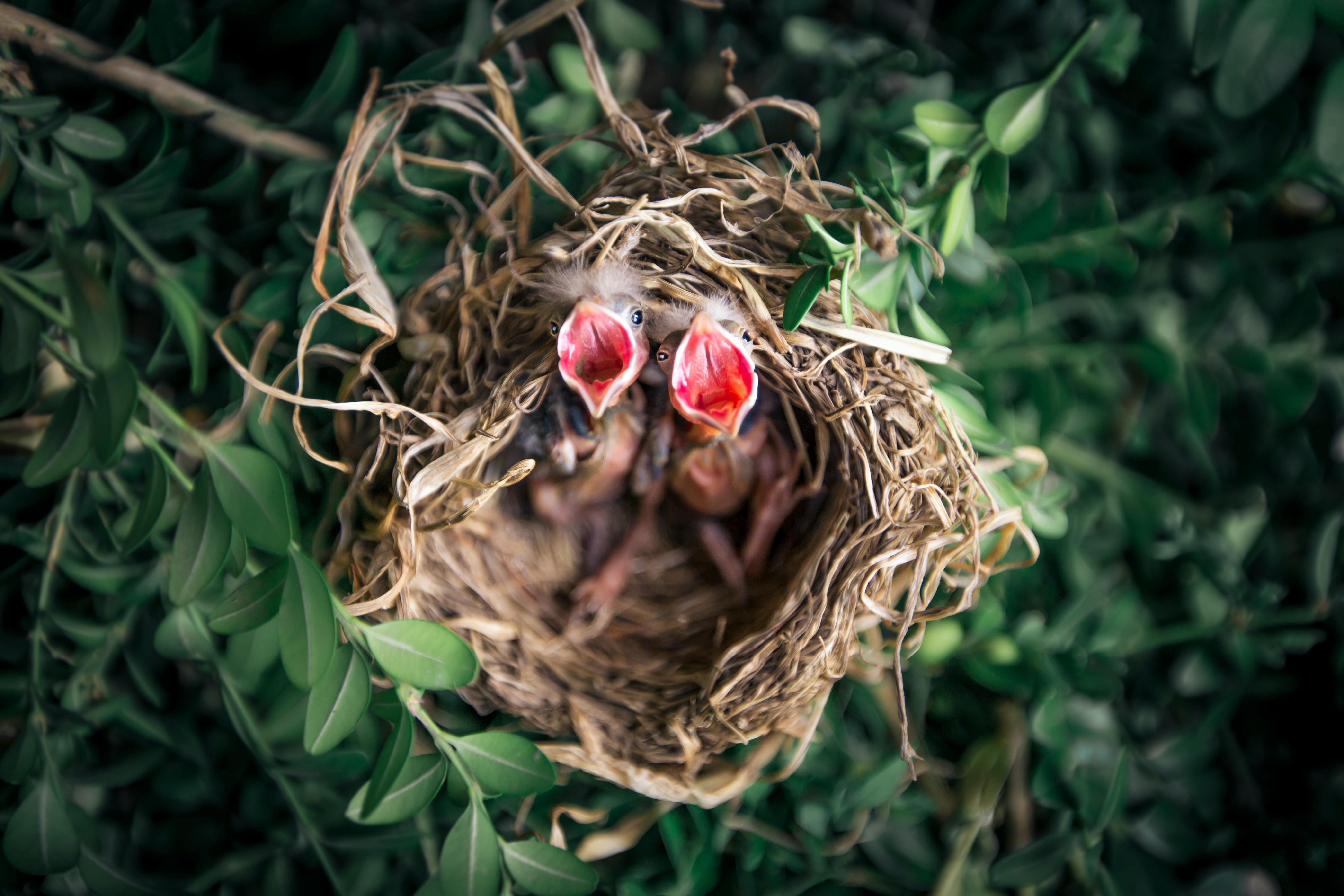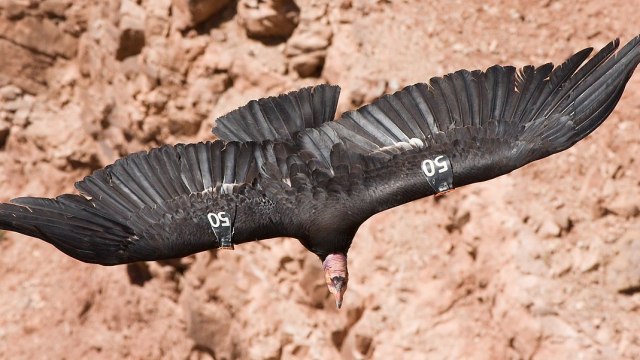Why is it called a murder of crows?

- In the English language, groups of animals often have interesting names. But a murder?
- The reasoning behind the name has to do with crow’s scavenger-like nature.
- However, ornithologists are arguing that we should change the name.
In a classic episode of The Simpsons, Homer destroys Marge’s garden scarecrow and inadvertently becomes leader to the local crows. Marge is hesitant to share her bed with a “gang of crows,” and Homer gently rebukes her, “It’s a murder. A group of crows is called a murder.”
That got me wondering: Why doesn’t Marge just leave Homer already? It wasn’t a few episodes back that she learned Homer never told her about his Vegas wife. How is becoming god-emperor to a murder of crows not grounds for categorical divorce?
Then again, some questions will be forever insoluble, so I turned my attention to something more manageable. Why exactly is it a murder of crows? I know English has a fondness for giving animals fanciful group names, especially birds. A parliament of owls, a charm of finches, a lamentation of swans, the list goes on and on. But why are crows stuck with such a mean-spirited moniker, while ravens — a much larger member of the Corvidae family — live with the much less severe “unkindness of ravens”? For that matter, why the fancy group names in the first place?
The answer, I discovered, lies in terms of venery. No, not that venery. (At least, I hope not.) In any case, be prepared for this to get real weird, real fast.

Terms of, ahem, venery
Terms of venery are special types of collective nouns that denote groups of animals. The word venery entered English in the early 14th century through the Medieval Latin venaria, which means “beasts of the chase, game.” Although archaic by today’s standards, venery can still be used to mean “the practice of hunting.”
If you’re curious, the word’s contemporary usage — that is, “indulgence of sexual pleasures” — entered English in the mid-15th century through the Medieval Latin veneria, or “sexual intercourse.” Likely these two became homonyms as a play on words. The sport of hunting being compared to hunting for a mate. Clever, no?1
This history is why terms of venery sound like verbal filigree. They weren’t coined by scientists creating a way to catalogue species, but by 15th-century English gentlemen who were showing off their wit. When these Englishmen went hunting, they would devise names for animal groups based on their poetic interpretation of nature. Some of these terms were clever (a charm of hummingbirds), some obvious (a paddling of ducks), and others just pretentious (an ostentation of peacocks, really?).
Nor was the trend limited to birds. Terms of venery gave us congregations of alligators, armies of caterpillars, cauldrons of bats, and sloths of bears.
These kennings eventually found their way into books — such as in the 15th century The Boke of Saint Albans, a treaties on hawking, hunting, and heraldry — where they were picked up by the literate class. As time went on, they gained an air authority and evolved from playful use of language (re: ye olde slang) to technical terms used by sticklers to show off.

But why a murder?
Terms of venery were often based on characteristics people perceived in the animals, not from their intrinsic nature. A “piteousness of doves,” for example, refers to the fact that the bird holds a special place in Christianity — dove returned to Noah with an olive leaf to signal the receding floodwaters, and God came down as a dove to celebrate Jesus’ baptism. It has nothing to do with a dove’s pious peck.
Likewise, the crow received its term of venery based on religion and folklore. Unfortunately, crows lacked a PR campaign as effective as, well, God.
Crows are omnivorous scavengers and will eat just about anything — insects, seeds, fruits, eggs, and small animals. Historically, they would often appear on battlefields, in cemeteries, and after disasters to snack on the tasty carrion we humans left lying around. One of Europe’s species is in fact named the carrion crow.
This association with death led people to believe crows portended disaster. The all-black feathers probably didn’t help. Folklore and superstitions further fueled the belief. One folktale tells how crows form a parliament to decide the fate of a member of the flock. Should the verdict be unfavorable, the parliament will set upon the lone crow. There’s also the Irish mythological figure Morrigan (or Morrigu), who is associated with war, death, and doom and appears as a crow.
It isn’t hard to see how someone thought a “murder of crows” would be appropriate.
But this reputation is hardly fair, and science is showing us that we’ve massively misjudged this species. Crows are incredibly smart, social birds. They are capable of using tools, playing tricks, and learning new skills.
One study asked crows and children to get a treat out of a tall, narrow tube filled with water. The crows quickly figured out that adding objects to the tube raised the water level, bringing the treat within range. Children younger than 8 fared poorly compared with their corvid opponents.
Crows have also been known to bring gifts to humans who care for them. Gabi Mann, an 8-year-old Seattleite, feeds local crows in her garden, and the birds show their appreciation by bringing her colorful baubles, such as earrings, marbles, and LEGO blocks. I don’t know of any dove, no matter how pious, as thoughtful as that.
Crows v2.0
So, our answer is that a group of crows is called a murder because some doublet-clad Englishman wanted to show off his poetical talents by cementing the species’ bum rap. In fact, ornithologists don’t use terms of venery. They refer to a group of birds, any birds, as a flock.
Since terms of venery aren’t authoritative and are numerous enough to be unwieldy, would we be better off retiring them?
I don’t think so. They’re a fun, inventive way to use language and express our interest in the animals we share the planet with. I’ll be the first to admit that a “romp of otters” is adorable and should be said whenever the opportunity arises.
But if we’re going to keep these collective terms, we should set some ground rules:
First, grammar sticklers need to just stop. Imagine that four hundred years from now, parents told their teenagers, “She’s not your girlfriend, Timmy. You’re both younger than 18, so technically, she’s your BAE.” Arguing that it is only proper to refer to a group of crows as a murder is just as ridiculous. Such arguments only serve to make sticklers feel superior in their trivial knowledge and make English more difficult for non-native speakers to learn. Enough already.
Second, we should update terms of venery when they become obsolete. The phrase “murder of crows” expresses reservations from a time when we didn’t understand how complicated, smart, and versatile the species was.
The difficulty will be deciding on what characteristic of the crow should we focus on. We could highlight the crow’s problem-solving brain. An intelligent of crows, or a genius bar of crows? Then again, we could focus on their thoughtful nature. A charity of crows, perhaps? Yeah, “charity of crows” has a pleasant ring to it.
This article was originally published September 20, 2018. It was updated in January 2022.





